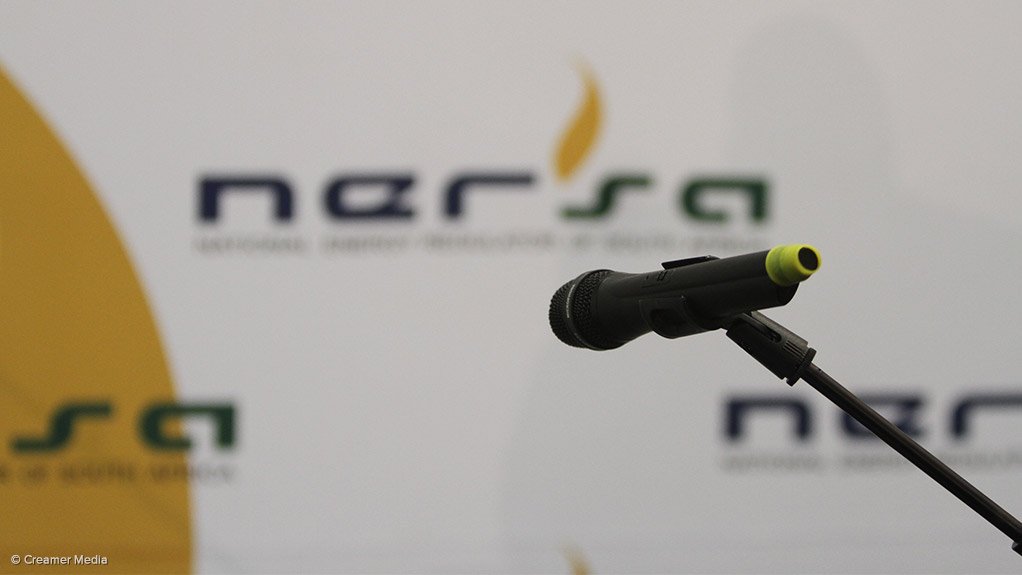The National Energy Regulator of South Africa (Nersa) has confirmed that it received, on August 16, Eskom’s sixth multiyear price determination (MYPD6) revenue application for the 2025/26, 2026/27 and 2027/28 financial years.
In a statement the regulator said that the application would be processed in line with all required procedures, including an assessment of its regulatory compliance, after which it would be published for stakeholder comment and public consultation.
No timeframe was provided, but Nersa said the plan and timelines for the processing of the application would be communicated after the Energy Regulator’s pronouncement on the application’s compliance.
Therefore, Nersa did not confirm whether the application included a request for allowable revenue of R446-billion for 2025/26, which would translate to a 36% hike for direct customers.
“Nersa is committed to ensuring that all regulatory processes, including public participation, are conducted with the utmost transparency, fairness and inclusivity,” the regulator said.
Eskom CFO Calib Cassim confirmed on August 26 that Eskom had indeed made its MYPD6 submission but also refused to be drawn on its contents until Nersa published the document for public comment.
Cassim also confirmed that the broader submission catered for “unbundled tariffs” for generation, distribution and the National Transmission Company South Africa.
“There is the revenue application, [but] as part of the process, we also make a Retail Tariff Plan submission to Nersa where the unbundling of tariffs is addressed.
“This is what Nersa will also have to consult on,” Cassim said.
Asked what Eskom estimated the current gap to be between prevailing tariffs and cost-reflective tariffs, Cassim said: “We say it’s about 25% to 30% in real terms, but it does vary slightly depending on the different licensee, be it transmission, generation or distribution.”
The submission comes against the backdrop of growing anxiety over the affordability of electricity in South Africa, with tariffs having increased in nominal terms by over 600% since 2006.
It also follows the assembly of a Government of National Unity, which has listed tackling the high cost of living as a key priority, alongside efforts to grow the economy, increase job creation and reduce poverty.
A Cabinet committee set up to consider interventions to moderate fuel price increases is expected to turn its attention to electricity tariffs once it has made its recommendations, which could include changes to the Basic Fuel Price formula.
Electricity and Energy Minister Dr Kgosientsho Ramokgopa has indicated he plans to initiate a review of the Electricity Pricing Policy and had indicated that he would like to see the current tariff-setting methodology updated.
The Eskom submission has been made using the MYPD methodology after the Energy Regulator rescinded its approval of the so-called Electricity Price Determination Methodology Rules in December.
Ahead of the July announcement to rescind that decision, Eskom had questioned whether the rules could be implemented, owing to the absence of an accompanying methodology to calculate tariffs, as well as the fact that insufficient time had been left to adjust its application, which had been prepared using the MYPD methodology.
EMAIL THIS ARTICLE SAVE THIS ARTICLE ARTICLE ENQUIRY
To subscribe email subscriptions@creamermedia.co.za or click here
To advertise email advertising@creamermedia.co.za or click here











